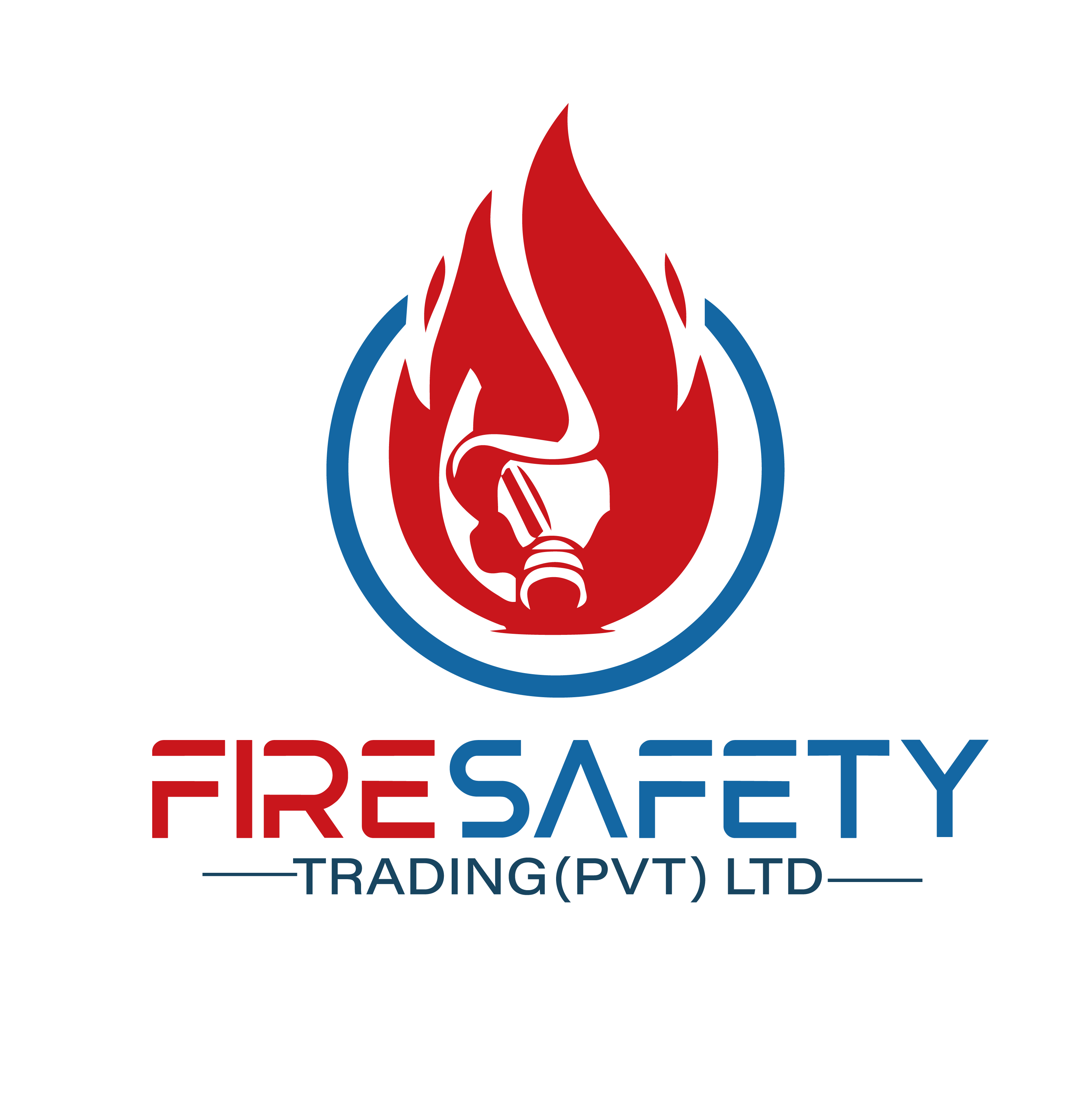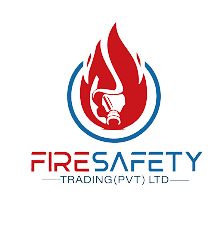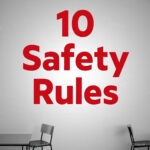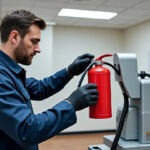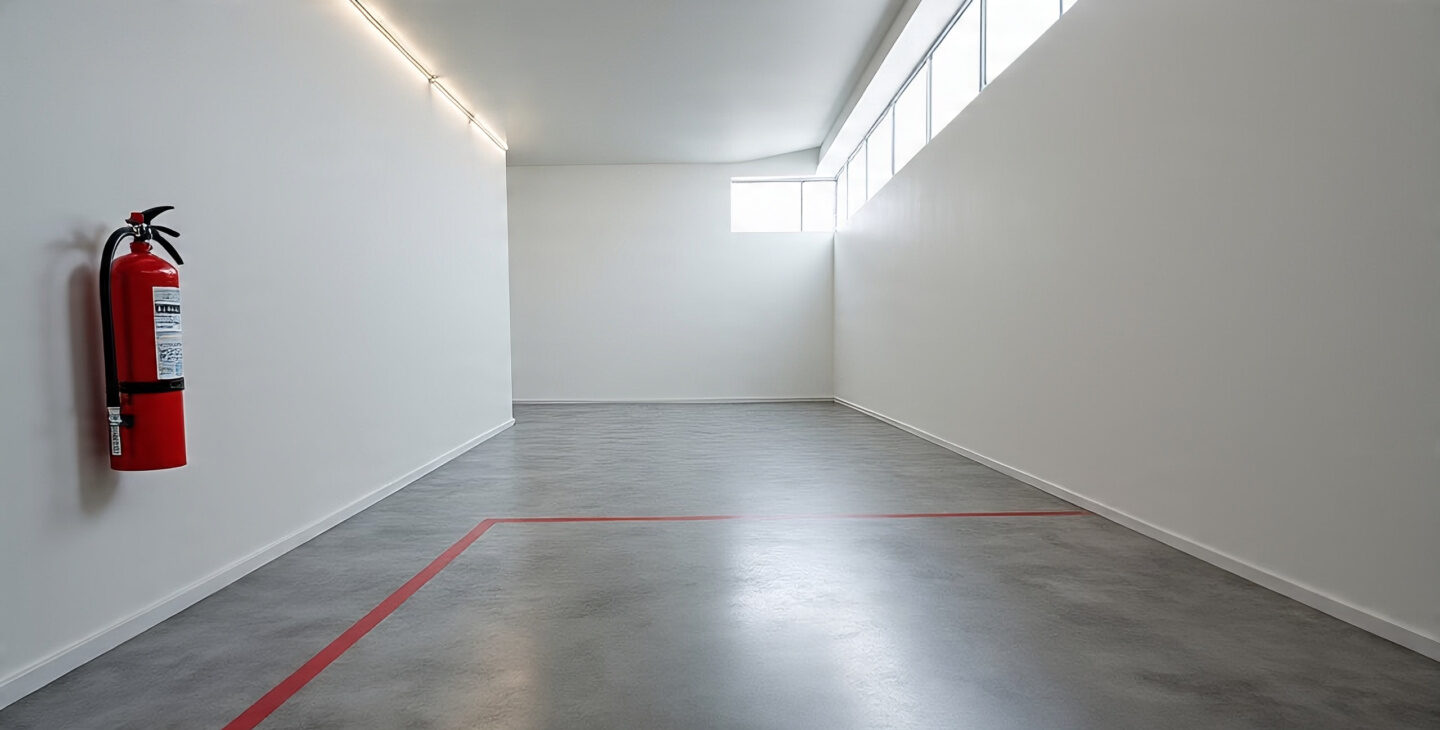In every workplace or building, safety is a priority, and one of the most basic yet crucial elements of safety is having fire extinguishers installed in the right places. In Pakistan, especially in a city like Islamabad where modern offices, shopping centers, restaurants, and residential towers are growing rapidly, the placement of fire extinguishers can make a real difference during an emergency. Simply having fire safety equipment on site is not enough. What matters is whether it is accessible at the right moment. That is why the question of the maximum distance between fire extinguishers becomes so important.
When a fire breaks out, time is the most critical factor. A few seconds can decide whether a fire is controlled quickly or spreads into something uncontrollable. If someone has to run across a hall or search down a corridor to find an extinguisher, valuable time is lost. For this reason, safety regulations across the world, including those followed in Pakistan, provide very specific guidance on how far an extinguisher should be from the point of potential use.
International standards such as the NFPA 10 (National Fire Protection Association) are often referenced by consultants and fire inspectors in Pakistan. According to these standards, the maximum distance depends on the type of fire hazard present. For ordinary combustibles like paper, cloth, and wood, the travel distance to an extinguisher should not be more than seventy-five feet, which is a little under twenty-three meters. For flammable liquids, which are classified as Class B fires, the distance is shorter, set at fifty feet or just over fifteen meters. For kitchen-related hazards such as cooking oils and fats, often referred to as Class K fires, the requirement is even stricter, with a maximum travel distance of thirty feet. Specialized extinguishers for metals or other unique hazards follow similar rules.
It is important to understand that this distance is not measured in a straight line. Instead, it is calculated as the actual path a person would take to reach the extinguisher, also known as the travel distance. So if an office in Islamabad has partitions, corridors, or staircases, the extinguisher must be placed in a way that no one in the area is required to travel more than the recommended distance.
In practice, this means a typical office floor in the Blue Area might need several extinguishers, often positioned near exits, staircases, or central hallways. A restaurant in F-7 will usually have one extinguisher mounted right inside the kitchen, while another is positioned just outside to ensure quick access from both staff and customers. In an industrial warehouse in I-9 where flammable liquids are stored, extinguishers are distributed in a way that no worker needs to walk more than fifty feet to reach one. Each case is different, but the underlying principle is the same: accessibility saves lives.
In Islamabad, fire inspectors and safety officers often evaluate buildings based on how well they follow these standards. They do not simply check if extinguishers are present. They also confirm whether the equipment is mounted visibly, whether it is the correct type for the hazards present, and whether it is placed within the correct distance for quick access. This is where many businesses unknowingly make mistakes. Some install extinguishers too far apart, leaving unsafe gaps in coverage. Others use only one type of extinguisher without considering specific hazards like electrical equipment or flammable liquids. There are even cases where extinguishers are hidden behind furniture or decorations, making them practically useless during an emergency.
Of course, fire extinguishers are only one part of the bigger picture of fire safety. Other equipment such as smoke detectors, fire alarms, hose reels, and sprinklers play an equally important role in creating a safe environment. But extinguishers are unique because they are usually the first line of defense. They are designed to stop small fires before they become large and uncontrollable, which makes their correct placement even more critical.
For property owners, managers, and business operators in Islamabad, the best approach is to begin with a professional fire risk assessment. This assessment will help identify the right type of extinguisher needed and where it should be placed. Once installed, extinguishers must be kept visible, mounted at an appropriate height, and clearly marked with signage. They should also be inspected regularly to ensure that they remain functional and fully charged. Equally important is training the staff or occupants of the building so that they not only know where the extinguishers are placed but also how to use them effectively.
When businesses invest in proper fire safety equipment, they do not just comply with legal requirements. They also gain the confidence of employees, customers, and regulatory authorities. It sends a clear message that safety is being taken seriously. Companies like Fire Safety Trading in Islamabad provide both the products and the expertise to help organizations meet these standards.
In conclusion, the maximum distance between fire extinguishers is not an arbitrary rule but a carefully designed guideline to ensure safety. For ordinary hazards the distance is seventy-five feet, for flammable liquids it is fifty feet, and for kitchens it is thirty feet. By following these standards, businesses and homeowners in Islamabad not only comply with fire safety regulations but also create safer environments for everyone. The responsibility of placing fire extinguishers correctly is a small step that can prevent large disasters, making it one of the most important aspects of fire safety in Pakistan today.
